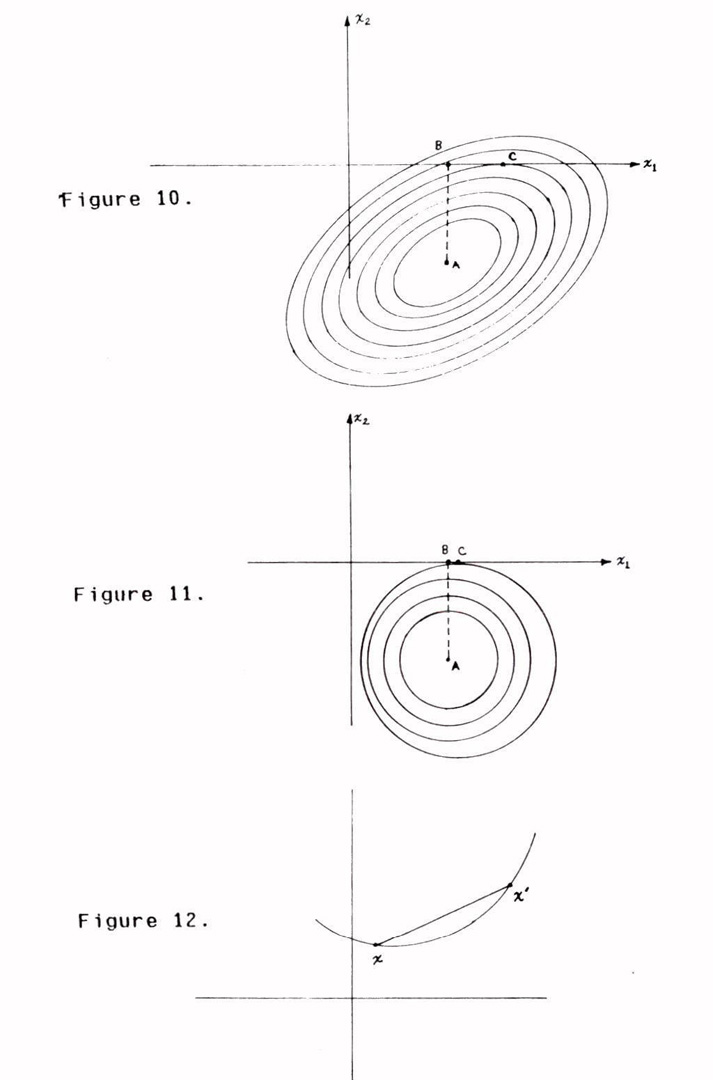“Filtering high quality text for display on raster scan devices” by Kajiya and Ullner
Conference:
Type(s):
Title:
- Filtering high quality text for display on raster scan devices
Presenter(s)/Author(s):
Abstract:
Recently several investigators have studied the problem of displaying text characters on grey level raster scan displays. Despite arguments suggesting that grey level displays are equivalent to very high resolution bitmaps, the performance of grey level displays has been disappointing. This paper will show that much of the problem can be traced to inappropriate antialiasing procedures. Instead of the classical (sin x)/x filter, the situation calls for a filter with characteristics matched both to the nature of display on CRTs and to the human visual system. We give examples to illustrate the problems of the existing methods and the advantages of the new methods. Although the techniques are described in terms of text, the results have application to the general antialiasing problem—at least in theory if not in practice.
References:
1. Blinn J.F. (1978) “Computer Display of Curved surfaces” U. Utah Ph.D. Thesis, December 1978.
2. Collatz L. and Wetterling W. (1975) OPTIMIZATION METHODS, Springer Verlag, Berlin.
3. Cornsweet T. (1970) VISUAL PERCEPTION, Academic Press, New York.
4. Crow F.C. (1976) “The aliasing problem in Computer-synthesized shaded images” U. Utah Computer Science Tech Rept. UTEC-Csc-76-015.
5. Gabriel S.A. (1977) Private communication.
6. Graham N. and Nachmias J. (1971) “Detection of grating patterns containing two spatial frequencies: a comparison of single channel and multiple channel models” Vision Res., v. 11, pp. 251-259.
7. Kajiya, J.T. (1979) “Toward a Mathematical Theory of Perception”, Ph.D. Thesis, U. Utah.
8. Kajiya J.T. (1981) “On fast methods for two dimensional spectral factorization”, to appear.
9. Levinson N. (1947) “The Wiener RMS error criterion in filter design and prediction” J. Math. Phys. v.25, no. 4, pp. 261-278.
10. Mostafavi H. and Sakrison D.J. (1976) “Structure and properties of a single channel in the human visual system” Vision Res., v. 16, pp. 957-968.
11. Oetken G.,Parks T.W., Schuessler H.W. (1975) “New results in the design of digital interpolators” IEEE Trans. ASSP, v.ASSP-23, pp. 301-309.
12. Pratt W.K. (1978) DIGITAL IMAGE PROCESSING, Wiley-Interscience.
13. Rudin W. (1966) REAL AND COMPLEX ANALYSIS, McGraw-Hill, New York.
14. Sachs M.B., Nachmias J. and Robson J.G. (1971) “Spatial frequency channels in human vision” J. Optical Soc. Am., v. 61, pp. 1176-1186.
15. Sakrison D.J. (1977) “On the role of the observer and a distortion measure in image transmission” IEEE Trans. on Communications, v. COM-25, pp. 1251-1267.
16. Schafer R.W. and Rabiner L.R. (1973) “A digital signal processing approach to interpolation” Proc. IEEE v.61, pp. 692-702.
17. Trench W.F. (1964) “An algorithm for the inversion of finite Toeplitz matrices” J. SIAM v. 12, no. 3, pp. 515-522.
18. Seitz C., et. al. “Digital Video Display system with a Plurality of Grey-scale levels” US Patent 4,158,200.
19. Warnock J.E. (1980) “The Display of Characters Using Gray level Sample arrays” ACM SIGGRAPH80, pp. 302-307.




